15 TV Commercials That Defined a Generation
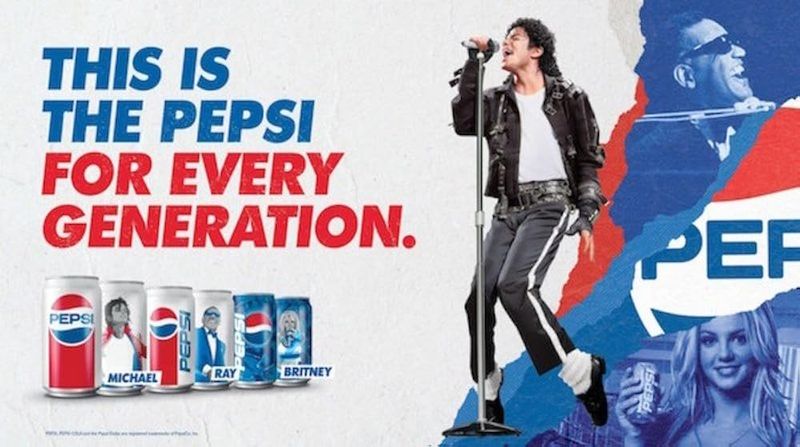
Remember those TV commercials that made you laugh, cry, or rush to the store? Some ads became more than just selling tools – they turned into cultural moments we all shared. From catchy jingles that got stuck in our heads to slogans we still quote today, these commercials shaped how we think, talk, and shop. Let’s look back at 15 unforgettable TV commercials that didn’t just sell products – they defined an entire generation.
1. Apple’s “1984” Super Bowl Commercial

A sledgehammer-wielding athlete shatters the giant screen of Big Brother, freeing minds from conformity. This groundbreaking 60-second spot, directed by Ridley Scott, aired just once during the 1984 Super Bowl but changed advertising forever.
The commercial introduced the Macintosh computer without actually showing the product. Instead, it sold a revolution – the idea that technology could liberate rather than control us.
Apple positioned itself as the rebellious alternative to IBM’s dominance, creating a brand identity that still resonates today. The ad’s cinematic quality elevated commercials from mere product announcements to cultural statements.
2. Wendy’s “Where’s the Beef?” Campaign
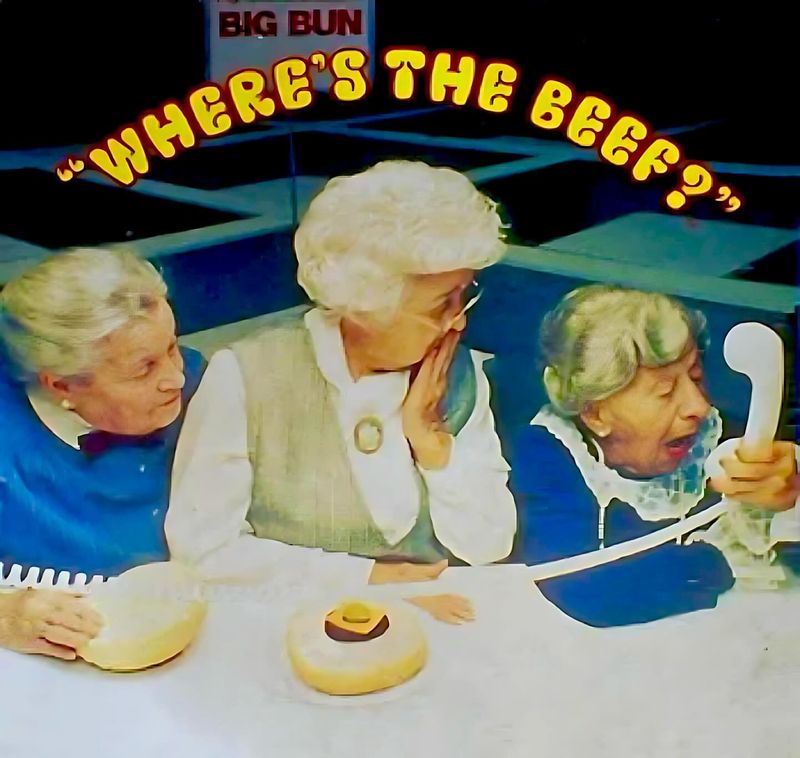
Clara Peller, an 81-year-old actress, peered at a competitor’s burger and demanded to know “Where’s the beef?” Her gravelly voice and no-nonsense delivery turned three simple words into a national catchphrase that extended far beyond fast food.
The 1984 commercial attacked competitors’ burger patties for being all bun and little meat. Wendy’s sales jumped 31% as Americans embraced both the humor and the message about substance over style.
The phrase quickly entered everyday language, even appearing in political debates when Walter Mondale questioned Gary Hart’s policies during the 1984 presidential campaign.
3. Coca-Cola’s “Hilltop” (I’d Like to Buy the World a Coke)
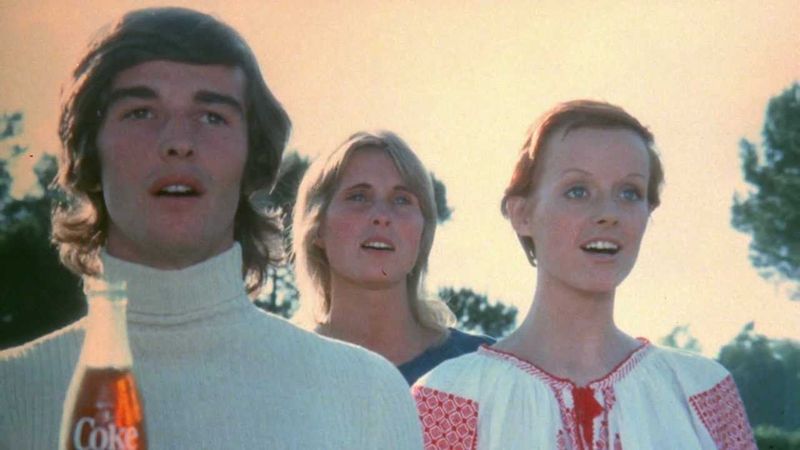
Young people from around the world gather on an Italian hilltop, singing in perfect harmony about buying the world a Coke. The 1971 commercial captured the peace-and-love spirit of the era, presenting a vision of global unity through shared experiences.
The jingle was so popular that it was re-recorded as a full-length song “I’d Like to Teach the World to Sing” which became a radio hit. Coca-Cola transformed a soft drink advertisement into a cultural statement about harmony and connection.
The commercial’s legacy continued decades later when it was featured in the series finale of Mad Men, cementing its status as perhaps the most iconic TV commercial ever made.
4. Budweiser Frogs Croaking “Bud-Weis-Er”
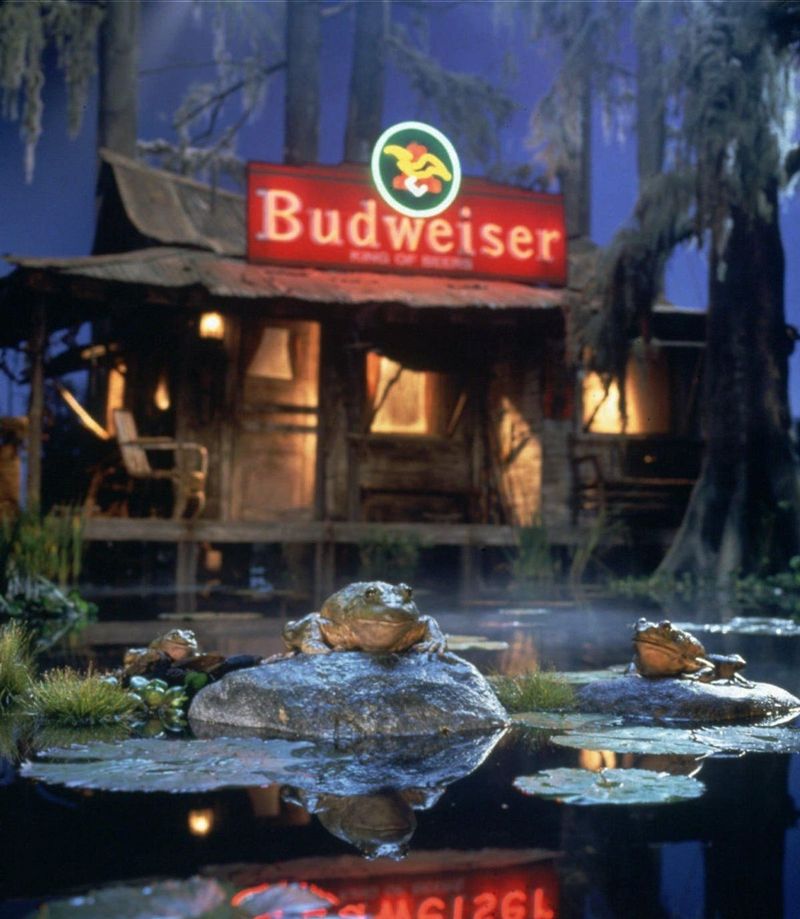
Three frogs sitting on lily pads in a murky swamp croak their way through the Budweiser name, one syllable at a time. Simple yet brilliantly effective, this 1995 Super Bowl commercial spawned countless parodies and playground imitations.
Created by the advertising agency D’Arcy Masius Benton & Bowles, the commercial relied on cutting-edge animatronics rather than real amphibians. The frogs became so popular that Budweiser developed an entire series featuring them and later added lizards as foils.
Marketing studies showed that while immensely memorable, the campaign didn’t actually increase beer sales much – proving that entertainment value doesn’t always translate to purchasing behavior.
5. Nike’s “Just Do It” with Michael Jordan
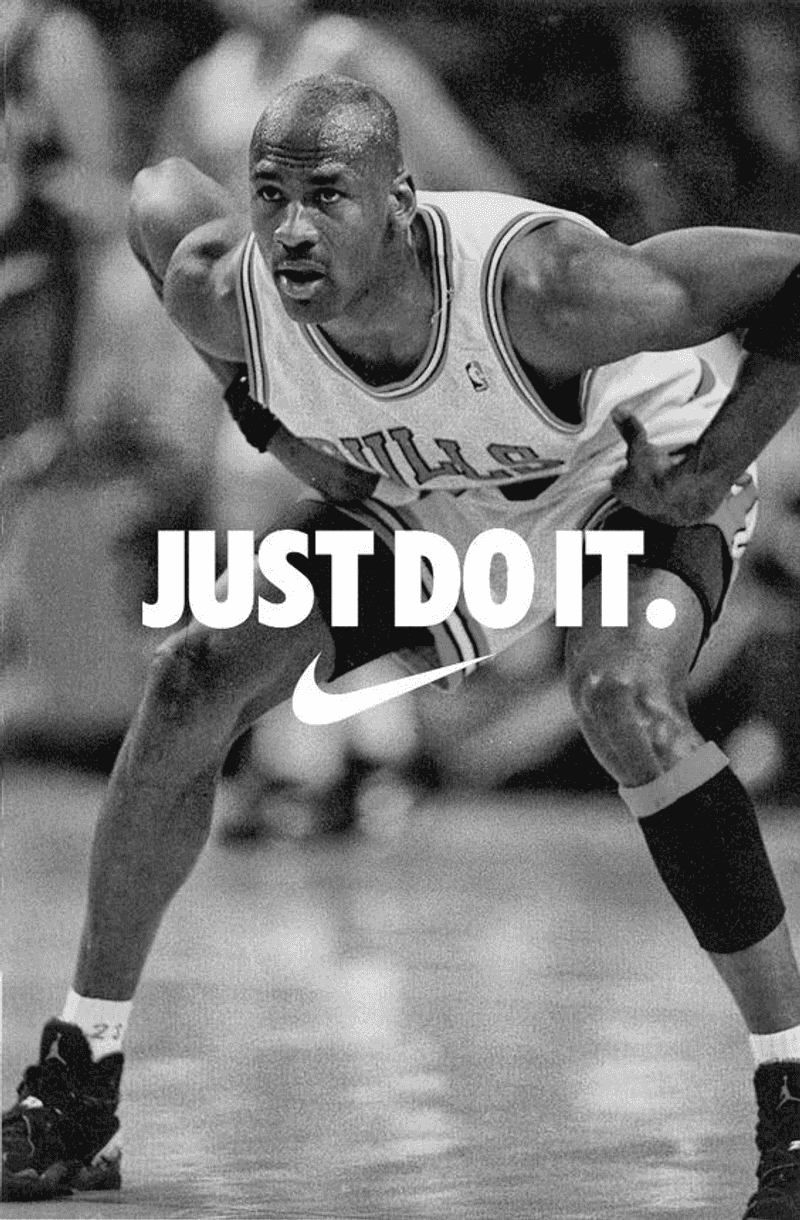
Michael Jordan soars through the air in slow motion, his legendary hang time defying gravity and expectations. This wasn’t just a shoe commercial – it was a philosophy captured in three simple words: “Just Do It.”
Launched in 1988, Nike’s campaign featuring Jordan transformed both athletic footwear marketing and how we think about personal achievement. The slogan transcended sports to become a motivational mantra for an entire generation facing challenges of any kind.
Jordan rarely spoke in these early commercials, letting his athletic prowess communicate the message that Nike products could help anyone tap into their potential – if they simply decided to “Just Do It.”
6. Energizer Bunny’s “Still Going” Marathon
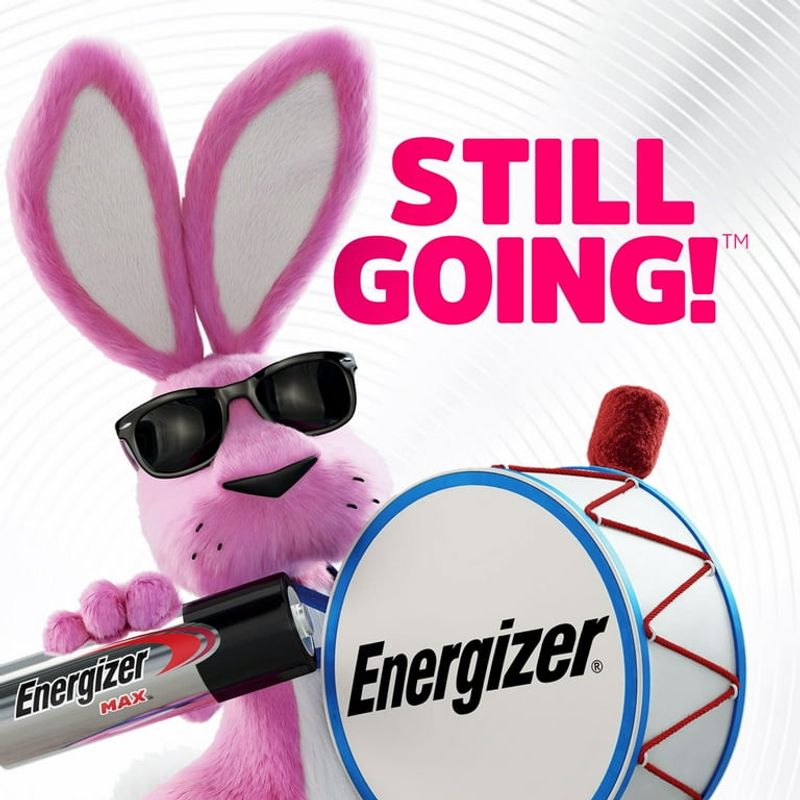
A pink mechanical rabbit marching with a bass drum crashes through fake commercials and keeps going… and going… and going. Introduced in 1989, the unstoppable Energizer Bunny became the perfect symbol for battery longevity.
The campaign brilliantly parodied competitor Duracell’s own battery bunny commercials by suggesting their bunny would eventually stop, while the Energizer Bunny just kept marching. The interrupted fake ads within the commercial were so convincing that some viewers initially thought they were watching real commercials.
The bunny’s persistence turned into a cultural reference point, with people describing anything long-lasting as “like the Energizer Bunny” – marketing gold that continues decades later.
7. California Raisins’ Claymation Groove
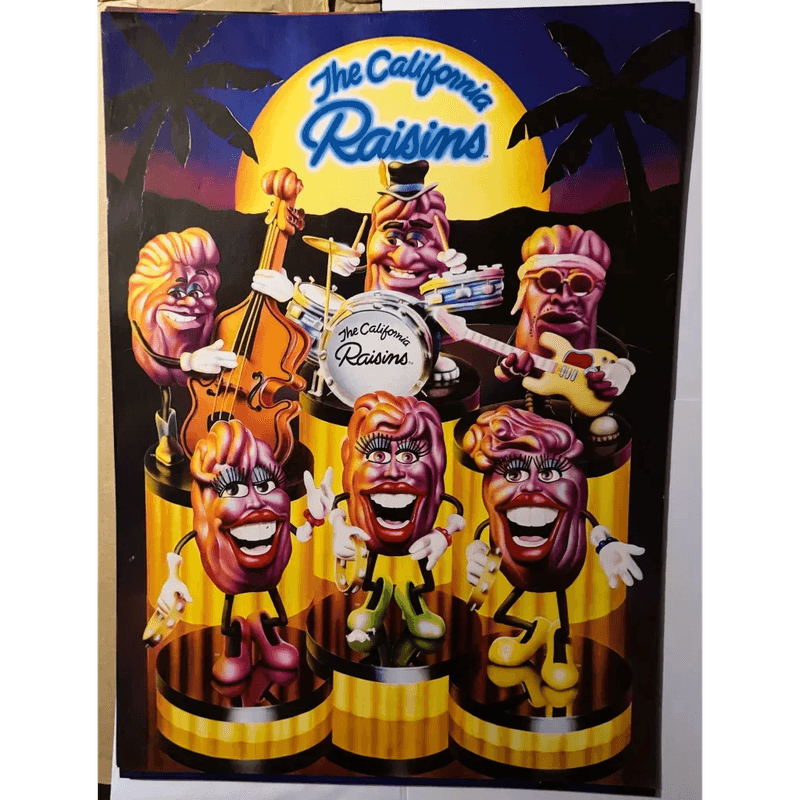
Wrinkled purple raisins with arms, legs, and sunglasses dance to “I Heard It Through the Grapevine.” Created using claymation by Will Vinton Studios, these cool, soulful California Raisins transformed dried fruit marketing forever when they debuted in 1986.
Originally conceived as a last-ditch effort by the struggling California Raisin Advisory Board, the campaign became an unexpected pop culture phenomenon. The dancing raisins spawned merchandise, four studio albums, a Christmas special, and even a Saturday morning cartoon.
Most remarkably, these fictional characters actually achieved what they were designed to do – raisin sales increased by 20% during the campaign’s peak years, proving that entertainment could drive consumer behavior.
8. Pepsi’s “Choice of a New Generation” with Michael Jackson

Michael Jackson’s sequined glove glitters under stage lights as his Billie Jean performance transforms into a Pepsi jingle. The 1984 commercial featuring the King of Pop marked the beginning of celebrity-driven soft drink advertising on a massive scale.
Pepsi paid Jackson $5 million – then the largest celebrity endorsement deal ever – and positioned their cola as youthful and exciting compared to Coca-Cola’s traditional image. Tragically, Jackson suffered serious burns when pyrotechnics accidentally ignited his hair during filming of a later commercial in the campaign.
Despite the accident, the partnership revolutionized how brands approached celebrity endorsements, with Pepsi continuing to feature music superstars as their primary marketing strategy for decades.
9. Got Milk? White Mustache Campaign

A man frantically stuffs a peanut butter sandwich into his mouth while trying to answer a radio contest question about who shot Alexander Hamilton. With no milk to wash it down, his muffled “Aaron Burr” is unintelligible, losing him the prize.
The 1993 commercial ended with the simple question “Got Milk?” and launched one of advertising’s most successful campaigns. Created by the California Milk Processor Board, the ads featured celebrities sporting milk mustaches and became instantly recognizable across America.
The campaign reversed declining milk consumption trends and entered our cultural language so thoroughly that the phrase is still used today, long after the official campaign ended.
10. McDonald’s “Nothing But Net” with Michael Jordan and Larry Bird
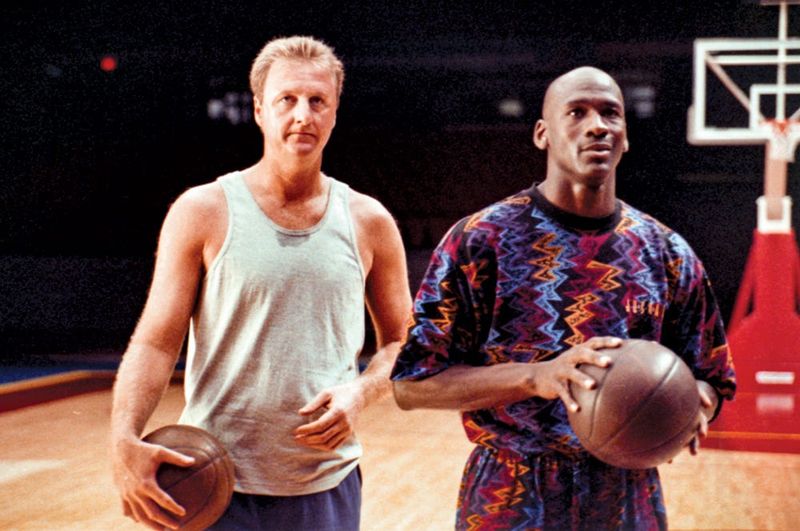
Basketball legends Michael Jordan and Larry Bird engage in an increasingly impossible shooting contest for a Big Mac. “Off the scoreboard, nothing but net” evolves into shots from stadium rafters and skyscrapers as neither star is willing to concede.
The 1993 Super Bowl commercial created the catchphrase “nothing but net” that basketball announcers and players still use today. Written by Jim Ferguson and Bob Shallcross, the spot perfectly captured the competitive spirit of sports while making McDonald’s seem like the ultimate prize.
The commercial was so popular that McDonald’s created a sequel for the next Super Bowl, building on the rivalry between the two NBA superstars and cementing the campaign in advertising history.
11. Tootsie Pop’s “How Many Licks?” Owl Mystery
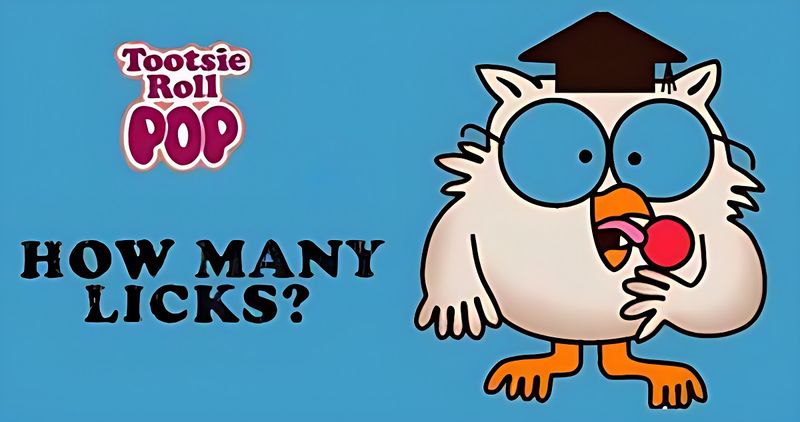
A cartoon boy asks a wise owl the eternal question: “How many licks does it take to get to the Tootsie Roll center of a Tootsie Pop?” The impatient owl takes the candy, gives it three licks, then crunches it, declaring, “Three!”
First airing in 1969, this animated commercial ran for decades, entertaining multiple generations of children. The unanswered question became a playground experiment and cultural reference point that people still debate today.
The commercial’s staying power demonstrates how leaving a question unanswered can create audience engagement that lasts far longer than a typical advertising campaign – over 50 years and counting in this case.
12. Volkswagen’s “Think Small” Beetle Revolution
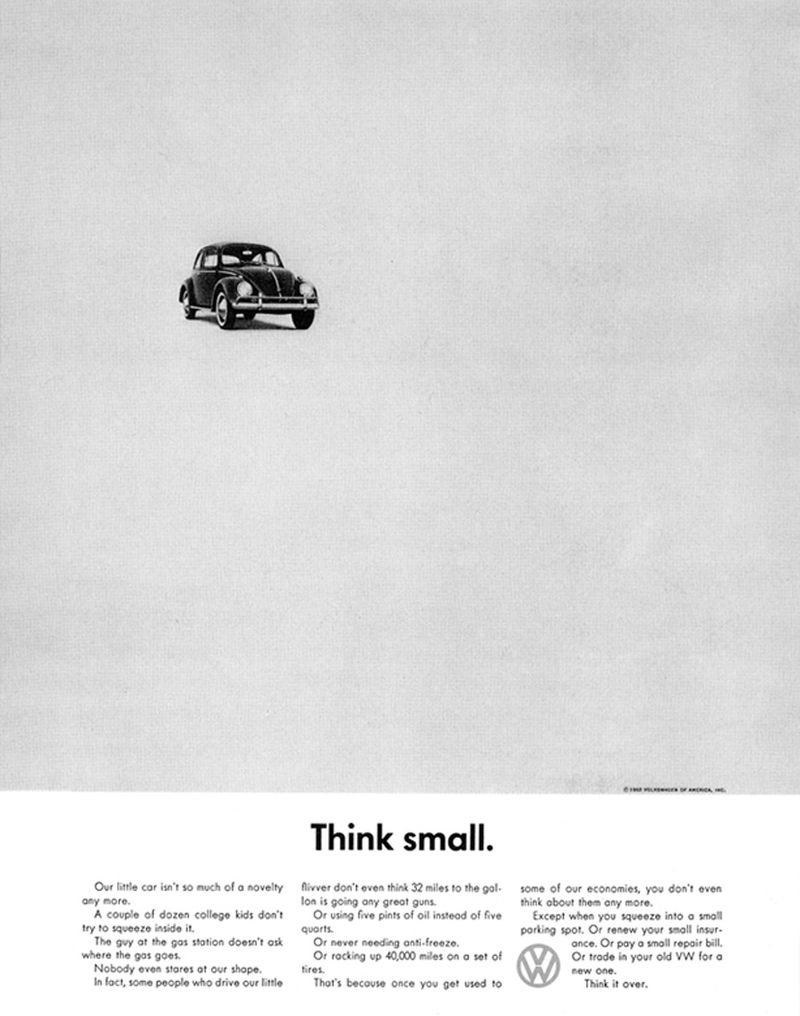
A tiny Volkswagen Beetle sits in a sea of white space with just two words: “Think Small.” Though primarily a print campaign, its television adaptations in the early 1960s changed automotive advertising forever with their honesty and simplicity.
Created by the Doyle Dane Bernbach agency, these commercials embraced the Beetle’s strange looks and small size rather than hiding them. The straightforward approach offered a refreshing alternative to the exaggerated claims of American car commercials during that era.
The campaign not only sold Beetles but transformed advertising by showing that wit, honesty, and self-awareness could be more effective than grandiose promises and flashy production.
13. Mikey Likes It! Life Cereal’s Picky Eater
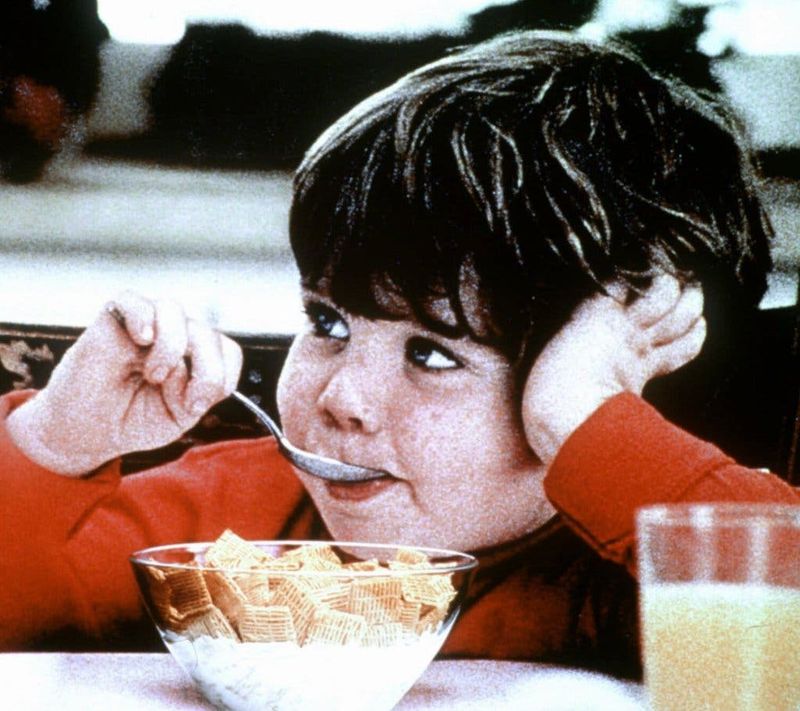
“He won’t eat it. He hates everything!” Two brothers push a bowl of Life cereal toward their notoriously picky little brother Mikey. To their shock, “He likes it! Hey Mikey!”
This 1972 commercial ran for an astonishing 12 years, making it one of the longest-running and most recognized ads in television history. The authentic performances of the three child actors (who were actually brothers) gave the commercial a genuine quality that resonated with families.
Urban legends spread that Mikey (actor John Gilchrist) had died from mixing Pop Rocks and soda – completely false, but demonstrating how deeply the commercial had penetrated popular culture.
14. Mean Joe Greene’s Coca-Cola Smile
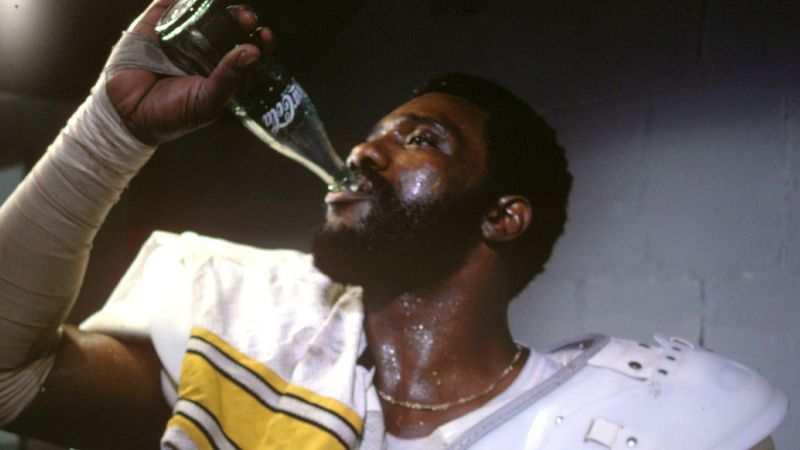
A limping, sweaty football player meets a young fan in a stadium tunnel. When the boy offers his Coca-Cola to the exhausted athlete, Mean Joe Greene’s stern expression transforms into a smile as he tosses the kid his game jersey with the unforgettable line: “Hey kid, catch!”
This 1979 commercial humanized one of football’s most intimidating players and created an emotional connection that transcended sports. The 60-second spot aired during Super Bowl XIV and became so popular that CBS even produced a made-for-TV movie based on it.
The commercial worked because it told a complete story with character development, conflict, and resolution – all while making Coke the catalyst for human connection.
15. Clairol’s “Does She or Doesn’t She?” Hair Color Revolution
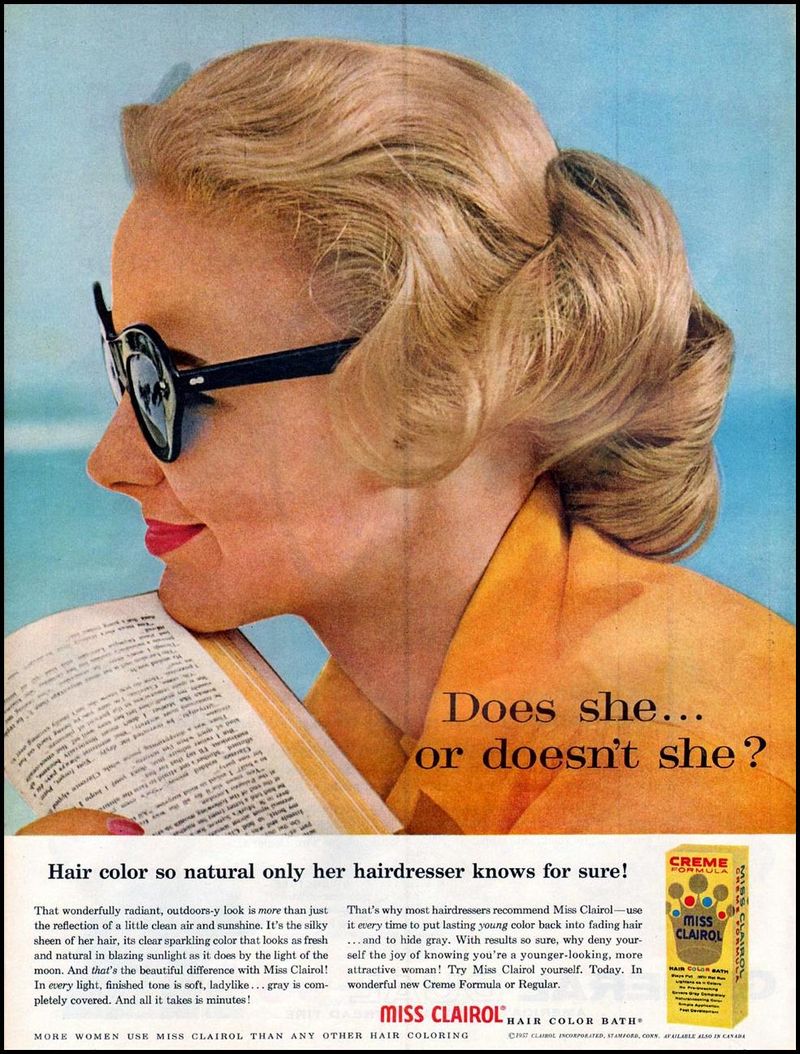
“Does she or doesn’t she? Only her hairdresser knows for sure.” With this suggestive tagline, Clairol transformed hair coloring from shameful secret to mainstream beauty practice through their 1950s and 60s television campaigns.
Before these ads, only about 7% of American women colored their hair, usually to cover gray. The brilliance of the campaign was portraying hair coloring as so natural-looking that it would be impossible to detect – removing the stigma associated with “artificial” beauty.
Within a decade of the campaign’s launch, the percentage of women coloring their hair rose to more than 40%, and today it’s considered a standard beauty practice rather than a secret indulgence.

Comments
Loading…